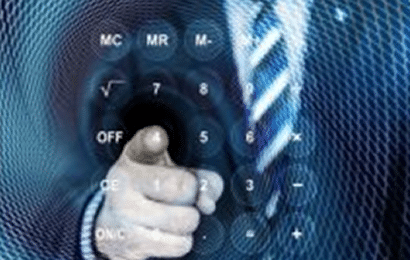Double Delight as Kate Hughes and Richard Askey Make...
We are excited to share that Kate Hughes and Richard Askey have both been promoted to Partner. At DTE we…Read More

by Gareth Costello, Senior Tax Manager at DTE
HMRC has clarified that records that are not required to complete a VAT return (or are not specified in VAT Notice 200/22) do not need to be kept in functional compatible software.

The VAT (Amendment) Regulations contain the provisions with regard to recording and keeping of information in electronic form:
HMRC accept that not all software will allow a business to record a rate of VAT other than the standard, reduced, zero or exempt. If this is the case, the mixed supply should be recorded as either one standard-rated supply and one zero-rated supply for example or the business can record the sale
at one rate and correct the VAT through an adjustment at the end of the period. Businesses will also need to do this if they are using a margin scheme or the flat rate scheme.
For inputs, if more than one supplier has been included on the invoice then the total of all the invoices can be recorded.
Only supplies that need to be recorded in VAT return figures need to be included and supplies that do not go on the VAT return do not need to be recorded in functional compatible software. For example, intra-group supplies for a VAT group are not covered by these rules. A digital record of “outside the scope” supplies is only required if these need to be included in the VAT return figures.
HMRC states that if the amount of input tax that will be claimed is unknown at the time the supply is entered into the business records, then the business can record:
Records, such as a C79 (Monthly Import VAT certificate) or a purchase/sales invoice must be kept in its original form so not all records can be held solely in digital format.

Where an invoice includes supplies with different times of supply that are within the same VAT period, all of the supplies shown on the invoices can be recorded using the same date. HMRC guidance advises “where you are claiming input tax on employee expenses and your employee provides
the combined value of more than one purchase, you do not have to record each purchase separately. You can record the total value and the total input tax due.”
Records, such as a C79 (Monthly Import VAT certificate) or a purchase/sales invoice must be kept in its original form so not all records can be held solely in digital format.
We are excited to share that Kate Hughes and Richard Askey have both been promoted to Partner. At DTE we…Read More
HMRC has stopped posting out automatic cheques for individuals due tax refunds. Now, in order to receive your PAYE repayment,…Read More
We are delighted to announce that the DTE Corporate Finance team has advised the shareholders of RJ Urmson Group on…Read More